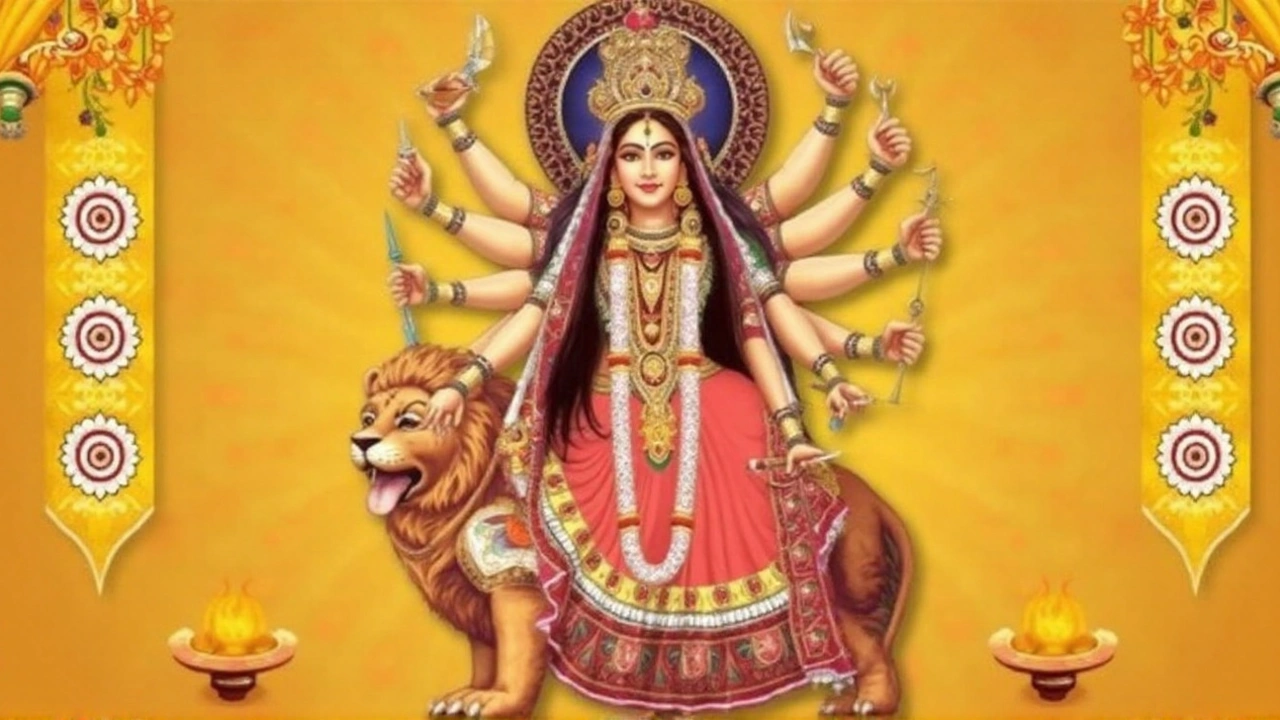Navratri Colors: Meaning & How to Wear Them
Navratri is a burst of colors, and each shade carries a story. Knowing why people pick red, yellow, or orange can make your celebration feel more authentic. Let’s break down the most popular Navratri colors and see how you can use them in outfits, decorations, and rangoli.
What Each Color Symbolizes
Red stands for power and the energy of Goddess Durga fighting evil. Yellow is linked to knowledge and the bright mind of Goddess Saraswati. Green brings peace and harmony, echoing the calm after a day of worship. Orange reflects courage and the fire that drives victory. Finally, white is pure and simple, often worn for prayers that focus on inner clarity.
Choosing Colors for Your Navratri Look
If you’re picking a dress, start with the vibe you want. Want to feel bold? Go for a red lehenga with gold accents. For a calm vibe, a green sari with subtle silver work works well. Mixing colors is fine too—pair a yellow dupatta with a blue kurta for a fresh, modern twist.
Accessories matter as much as the outfit. Simple gold bangles complement red, while wooden beads look great with green. A bright orange bindi can add a pop that ties the whole look together without overwhelming the eye.
When you’re planning rangoli, think about contrast. A base of white powder makes bright colors pop. Use red petals to outline the main design, fill the middle with yellow rice flour, and finish with green leaves for texture. This simple layering gives depth without needing lots of supplies.
Lighting can also highlight colors. Place orange diyas at the entrance, then add yellow and red lanterns around the puja area. The soft glow will make the shades look richer and set a festive mood.
Kids love to wear bright colors, too. A simple yellow t‑shirt with a small red emblem of the goddess makes them feel part of the celebration while staying comfortable.
Remember, the best color choice is the one that makes you feel connected to the spirit of Navratri. Don’t stress over strict rules—mix, match, and enjoy the process. When your outfit and decorations reflect the energy you want to bring into the festival, the whole vibe lifts.
Finally, keep a small stash of spare color powders or fabric swatches. If you notice a particular shade getting more attention during the festival, you can quickly add it to your décor or outfit without a last‑minute rush.
Navratri is about devotion, joy, and community. By understanding the meaning behind each color and using them thoughtfully, you turn a simple celebration into a vivid, meaningful experience for yourself and everyone around you.

Navratri Colors: What to Wear Each Day for Luck and Happiness
Each of Navratri's nine nights is linked to a specific color that reflects a Goddess's energy. Wearing the right hue is believed to attract blessings, prosperity, and peace. Learn the day‑by‑day guide, the deeper meaning behind each shade, and how the tradition shapes community celebrations across India and abroad.